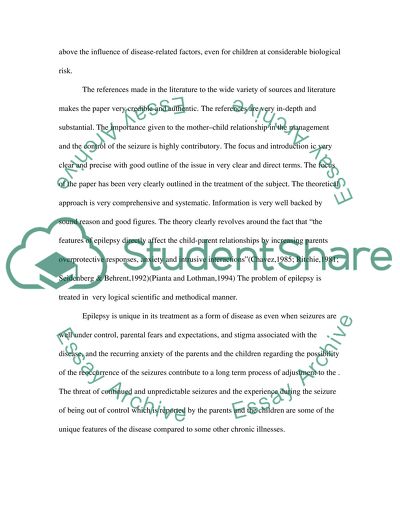Cite this document
(“Epilepsy and Behavioural Problem Essay Example | Topics and Well Written Essays - 2000 words”, n.d.)
Epilepsy and Behavioural Problem Essay Example | Topics and Well Written Essays - 2000 words. Retrieved from https://studentshare.org/psychology/1504765-epilepsy-and-behavioural-problem
Epilepsy and Behavioural Problem Essay Example | Topics and Well Written Essays - 2000 words. Retrieved from https://studentshare.org/psychology/1504765-epilepsy-and-behavioural-problem
(Epilepsy and Behavioural Problem Essay Example | Topics and Well Written Essays - 2000 Words)
Epilepsy and Behavioural Problem Essay Example | Topics and Well Written Essays - 2000 Words. https://studentshare.org/psychology/1504765-epilepsy-and-behavioural-problem.
Epilepsy and Behavioural Problem Essay Example | Topics and Well Written Essays - 2000 Words. https://studentshare.org/psychology/1504765-epilepsy-and-behavioural-problem.
“Epilepsy and Behavioural Problem Essay Example | Topics and Well Written Essays - 2000 Words”, n.d. https://studentshare.org/psychology/1504765-epilepsy-and-behavioural-problem.


